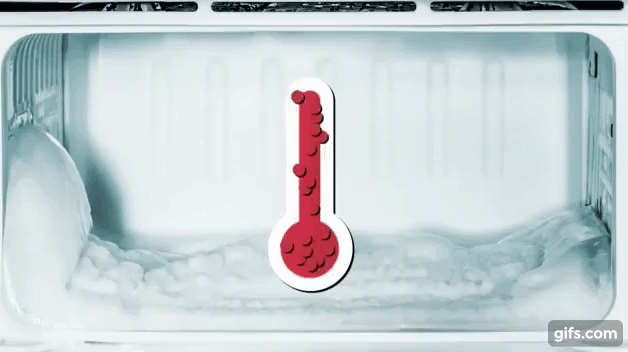The two terms are often confused in everyday language. In weather reports, we speak of high temperatures to indicate high temperatures. These are, however, very distinct concepts. What is the relationship between the two and how do you measure them?
You will also be interested
[EN VIDÉO] Climate change: how to protect our cities from heatstroke? To limit temperatures in urban areas during summer heat waves, this question must be considered right from the design of developments, residential or business buildings, roads, traffic plans, etc. A European study program, Urban Fluxes, lays the groundwork for better building the cities of tomorrow.
Temperature is a concept physical which measures theenergy of agitation atoms or molecules. One of the consequences of this agitation is the dilation bodies: this is why the thermometer rises when the temperature increases. She expresses herself in kelvins in the international system (0 kelvin corresponding to absolute 0, where the agitation reaches its minimum value), in degrees Celsius or Fahrenheit.
Heat: a transfer of energy
In everyday language, heat qualifies a feeling of warmth: human warmth, heat from the sun or heat of a fire… In physics, heat is an exchange ofthermal energy with the environment: a radiator will, for example, heat theair by convection Where thermal rays. In a solid, heat travels by conduction. It is measured in joules (J) in the international system, or in calories. Two bodies of different temperature will therefore tend towards a state of thermal equilibrium. Conversely, to maintain his body temperature at 37°C when it is 10°C outside, the body must constantly expend energy.
Heat and temperature: what relationship?
The feeling of warmth alone is not enough to assess the temperature. In a room with a constant temperature, the metal thus seems colder than the drink, because it “removes” the heat from our body better. Likewise, the wind and humidity increase the feeling of cold (we speak incorrectly of ” felt temperature “). The heat also depends on the density of the agitated molecules. A fluorescent neon tube, the outside of which feels cold to the touch, contains a gas whose temperature is very high, around 10,000 to 15,000°C. This paradox is explained by the very low density of the gas: molecules being rare, heat exchange is difficult.
Interested in what you just read?

